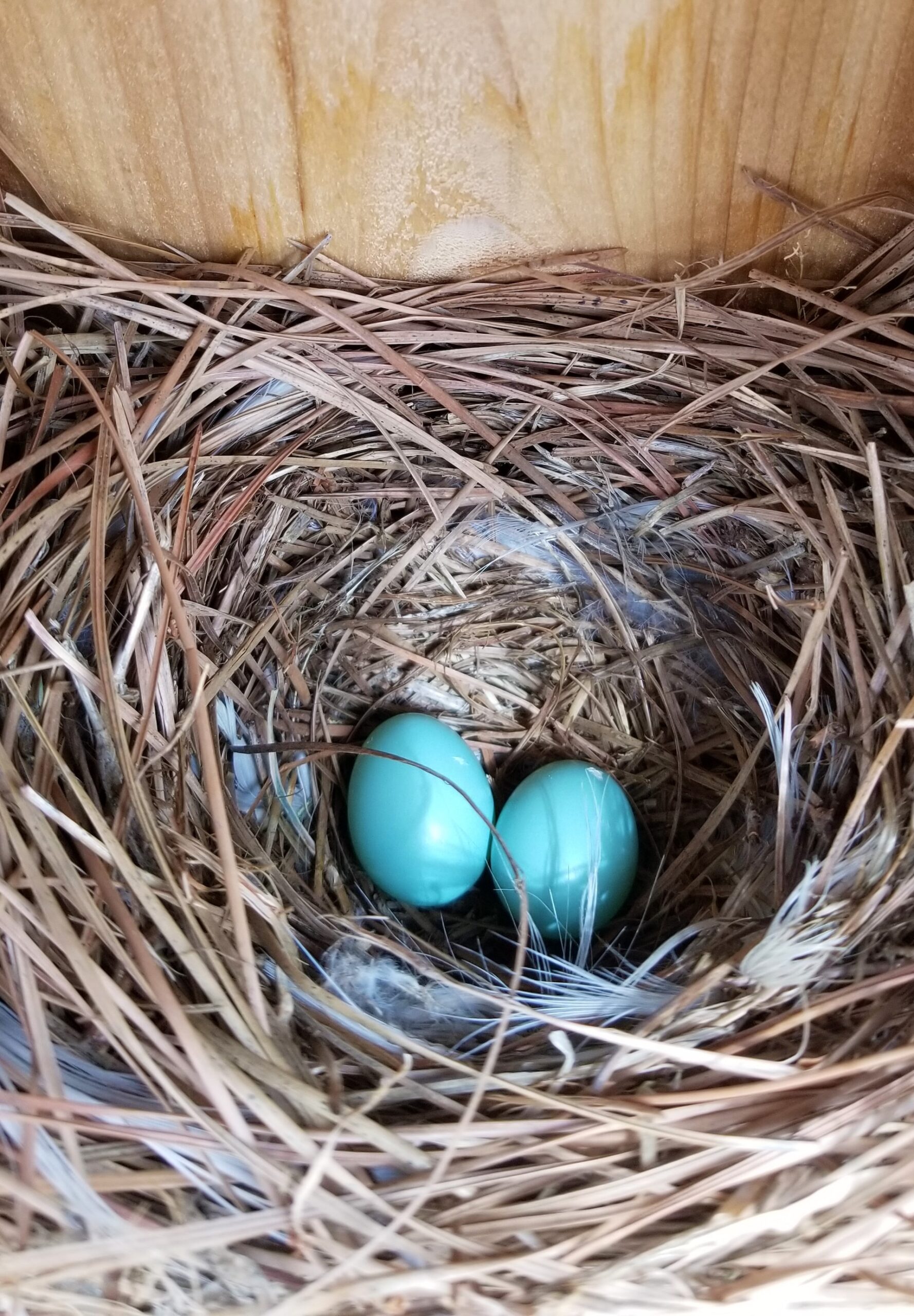Understanding Bird Safety Concerns in the Garden
Creating a garden that doubles as a sanctuary for local bird species serves multiple purposes: it provides a home for various bird species, attracts natural pest control, and offers ongoing nature enjoyment for bird watchers. However, it is paramount that the garden environment is safe for our avian neighbors.
The Importance of a Safe Haven
Beyond being a food source, gardens can also serve as breeding grounds and safe nests for birds. That’s why it’s important to make a haven and create safe conditions for them to thrive and reproduce.
Effect of Pesticides and Fertilizers
While it’s tempting to use chemicals to grow juicy tomatoes and lush green lawns quickly, many traditional garden chemicals pose substantial dangers to birds. Many pesticides and fertilizers are toxic to birds, reducing their fertility and causing deadly diseases. Scientific studies reveal a worrying link between bird fatalities and chemical exposure, urging us to opt for bird-friendly alternatives.
Creating a Bird-Friendly Plant Environment
Choosing Native Plants
Planting native species is a wonderful way of supporting local birds. They have evolved to coexist, allowing birds to feed on the naturally occurring seeds, berries, and insects.
Plants for Shelter
Thick shrubs, trees with dense foliage, and vine-covered trellises provide birds with excellent shelter against predators and harsh weather. These also offer safe options for nesting sites.
Plants Providing Food
Many common garden plants not only add beauty to your landscape but also provide an invaluable food source for our feathered friends. Berries, nuts, seeds, and nectar-rich flowers can provide them with nutrition throughout the year.
The Importance of Water Sources for Birds
Making a Simple Bird Bath
Providing access to clean water is one of the simplest things we can do for birds. A shallow birdbath or even just a clean dish of water can mean the difference between survival and extinction during dry conditions. Plus, it’s always enjoyable to watch birds splash and play.
Maintaining Clean Drinking Water
Water sources should be cleaned regularly to prevent the spread of diseases and discourage mosquitoes. A simple scrub every few days keeps the water fresh and inviting.
Safe Feeding Practices
Choosing the Right Bird Feeders and Food
Feeding birds can be a delightful experience but picking the right feeders and food is crucial. Different types of Bird-feeders and diets are suited to different species, so it’s worth doing some research.
The Positioning of Feeders for Safety
Placing bird feeders close to windows can lead to tragic accidents. Locate feeders either within 3 feet of a window (so birds can’t gain enough momentum to do harm if they fly into it) or beyond 30 feet (where reflections are less misleading).
Providing Safe Nesting Opportunities
Safe Bird Houses and Their Placement
If we offer birds houses for shelter, we want to ensure they’re safe. This means no perch (to discourage predators), as well as being at the right height and in the right location.
Natural Nest Material Availability
Twigs, leaves, grass, and mud can all be used by birds but also consider leaving out small pieces of yarn or pet fur.
Dangers Lurking in the Garden
Predators and How to Keep Birds Safe
Both domestic and wild animals pose threats to birds. Wild Birds Unlimited suggests a number of countermeasures to reduce risk, such as keeping cats indoors and situating bird feeders away from areas of concealment for predators.
Ensuring Glass and Other Hazards Are Bird-Safe
Many birds fall victim to window collisions. Making these visible by using decals or netting can significantly reduce this danger.
Seasonal Tips to Make Your Garden Bird-Safe
Preparing for Fall and Winter
Winter can be a tough time for birds, as food becomes scarce and conditions become harsh. Primex Garden Center has a wealth of information on preparing your garden for colder months to provide birds with needed food and shelter.
Changes Required for Spring and Summer
With the arrival of Spring, birds set about breeding. Make sure to regularly restock feeders and consider planting summer-bearing fruit and berries for an additional food source.
In conclusion, creating a safe bird-friendly garden rewards us with their cheerful songs, dazzling displays, and the knowledge that we’re doing our bit for nature conservation.


